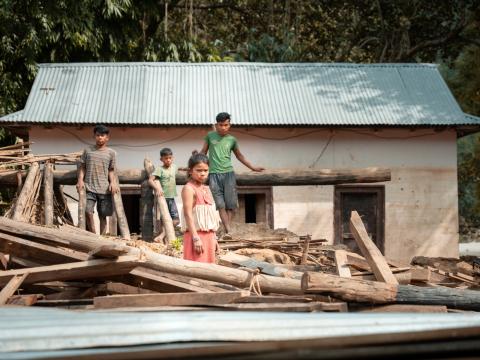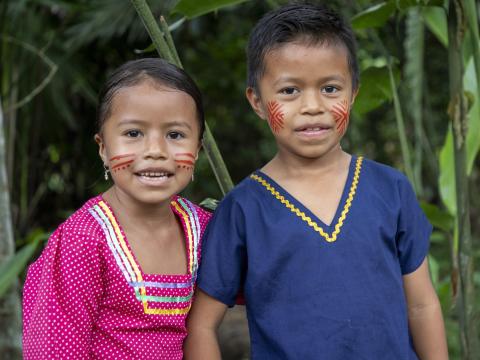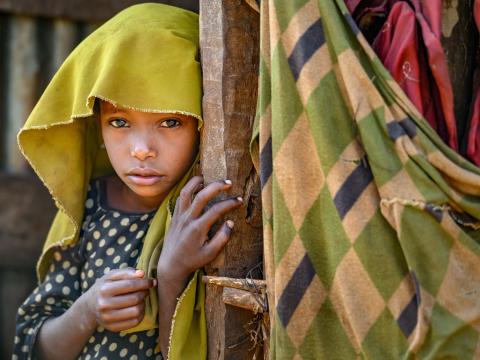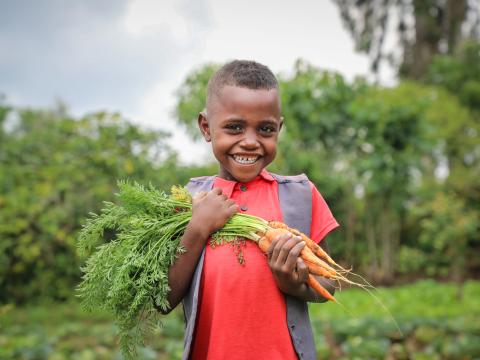
Can Carbon Finance Really Heal the Planet or Is There More Beneath the Surface?
Yukiko Yamada Morović, Technical Director for Environmental Sustainability and Climate Action (ESCA), reflects on whether carbon credits work and who truly benefits when nature becomes a marketplace.
20 October 2025.
After a long climb through the red dust and thorny acacias of southern Ethiopia, I met Abreham, a forest farmer living at the foot of the Humbo hills. His family once stood on the brink of exile driven by drought, hunger, and the slow death of their ancestral land. They had packed their meagre belongings, preparing to leave behind the forest that had sustained generations. And then, quite unexpectedly, the land began to breathe again.
The turning point came with World Vision’s Humbo Assisted Natural Regeneration Project, Africa’s first large-scale land restoration initiative under the Clean Development Mechanism of the UN Framework Convention on Climate Change. Through Farmer Managed Natural Regeneration (FMNR) a deceptively simple technique of protecting and pruning existing tree stumps to encourage regrowth the community discovered that healing could begin not with bulldozers, but with their own hands, patience and quiet perseverance. Each sapling that emerged from the dust became a testament to the labour and love of people who tented the land, proving that restoration is as much as act of devotion as it is of design.
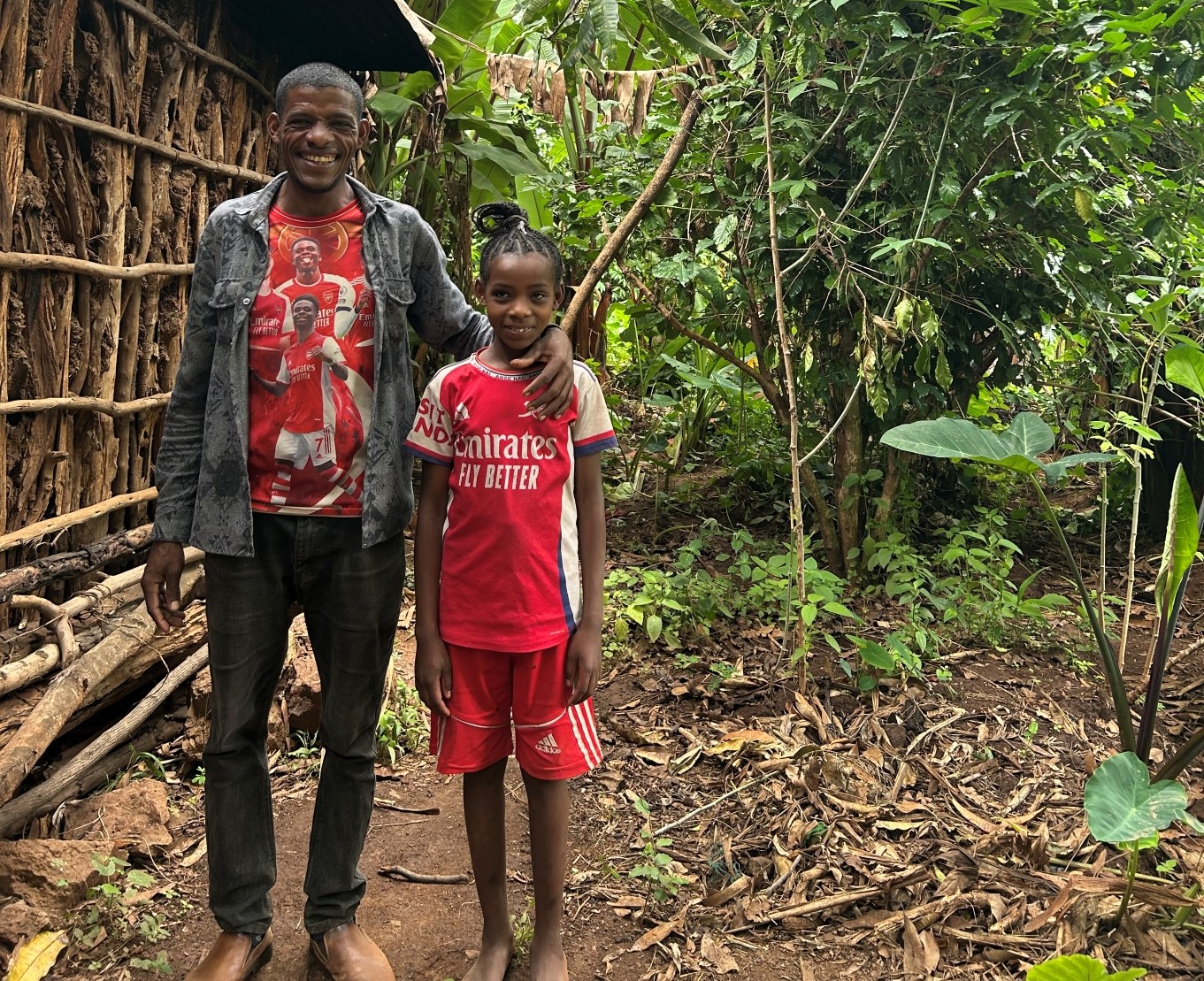
When the Forest Came Back to Life
Within years, the Humbo landscape transformed. Shrubs turned into trees, and trees into thriving woodland. The project put over 2,700 hectares of degraded land under restoration, reduced carbon emissions, and gave families an alternative to leaving their homes.
The project is expected to reduce 880,000 tonnes of CO₂ roughly the same as taking 190,000 cars off the road for a year. Local communities now earn income from diversified livelihoods and cooperatives, and the sale of carbon credits, a global market mechanism that rewards environmental stewardship.
Yet, to a certain extent, one might ask…does this truly balance the scales?
When “Climate Finance” Meets Reality
Ethiopia has lost nearly one-fifth of its forest cover in just 25 years, driven by agricultural expansion, fuelwood demand, and population pressure. Such statistics often appear abstract until you stand, as I did, beside Abreham’s daughter, Lidiya, when I asked what she enjoyed most about the forest, Lidiya smiled and said, “I love running among the trees, eating wild berries, and spotting the birds”. It was a moment of quiet clarity a reminder that beyond every hectare restored lies a story of childhood, hope, and belonging.
Still, while the Humbo project showcases what is possible when communities lead, central to this narrative lies an uneasy truth: carbon finance, though promising, can easily become transactional. When a tonne of carbon is “offset” in Ethiopia so that emissions can continue elsewhere, one might contend that we are buying moral comfort, not systemic change.
Although advocates of carbon markets highlight their economic potential, the distribution of benefits remains uneven. Communities like Humbo’s, those who guard the forests, measure the saplings, and shoulder the risk often receive only a fraction of the revenue. The question that lingers: can justice and carbon coexist in the same ledger?
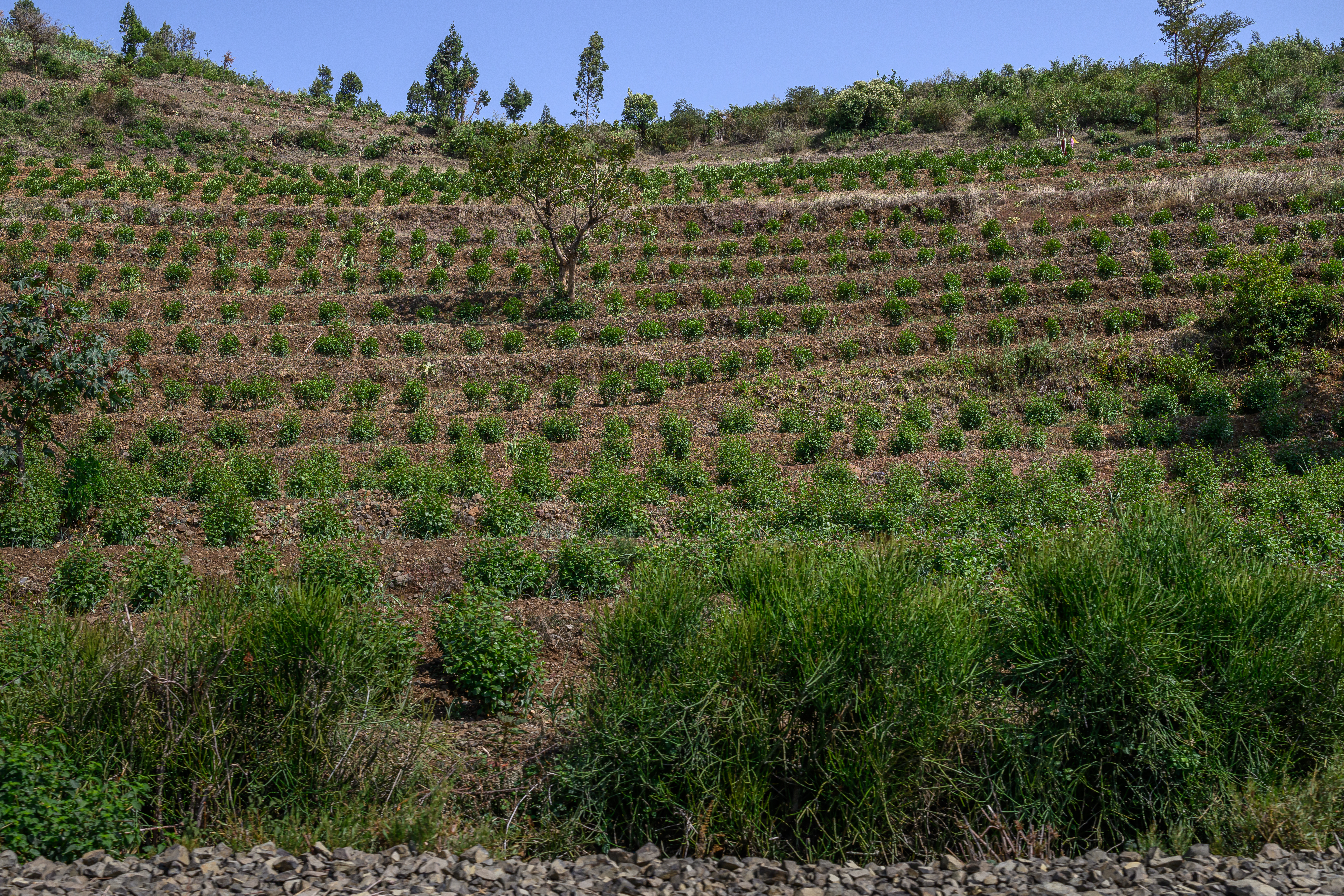
The Promise and the Paradox of COP30
As the world turns its gaze towards COP30 in Belém, Brazil, the stakes could not be higher. Rarely has a climate summit carried such expectation and such risk of repetition. While the rhetoric of “just transitions” and “inclusive financing” grows ever louder, the lived reality of communities like Humbo’s remains fragile.
This is a moment for governments, private investors, and development partners to ask not merely how much carbon can be traded, but how deeply lives can be transformed. The Humbo story offers a clue: real change begins when ownership shifts, when local farmers, not foreign markets, decide the fate of their forests.
Reimagining Carbon Finance Beyond Metrics
The success of Humbo is undeniable. Poverty rates have fallen; soil fertility has improved; and children like Lidiya are once again growing up surrounded by trees instead of dust. Yet we should resist the temptation to romanticise. For every Humbo, there are dozens of projects that falter once donor funding dries up, where “community participation” exists mostly in reports.
In reconsidering this perspective, one might note that nature-based solutions cannot thrive in isolation from justice-based approaches. Carbon must not become the new currency of inequality traded, speculated, and hoarded. Instead, it should represent a shared investment in humanity’s survival, measured not only in tonnes but in trust.
A moment to Rethink
As we approach COP30, governments, global institutions, and carbon market actors must ensure that climate solutions are child-centred, community-driven, and justice-led. Otherwise, the next generation will inherit a greener world, but not necessarily a fairer one.
Because while it’s easy to measure carbon, it’s far harder and far more urgent to measure equity.
Yukiko Yamada Morovic is Technical Director for Environmental Sustainability and Climate Action at World Vision, where she leads the organisation’s global strategy to address environmental and climate challenges affecting children in vulnerable communities. With over 20 years’ experience in international development, she actively contributes to global climate and sustainability dialogue through platforms such as the World Economic Forum’s Global Future Council and UNEP’s Faith for Earth Women’s Council.
